
20-05-2025 22:15
 Francois Guay
Francois Guay
I found this ascomycete at the base of a dead fern

20-05-2025 21:36
 Francois Guay
Francois Guay
I found this Mollisia sp. on a submerged herbaceou

20-05-2025 21:23
Bonjour tous, J'ai besoin de vos avis et remarque

19-05-2025 09:42
Hello.An ascomycete photographed on April 20, spro

16-05-2025 05:47
 Francois Guay
Francois Guay
I found this super tiny hyaline asco on fir needle

11-05-2025 10:22
Karl Soler KinnerbäckFound on moist Betula wood dipped in freshwater st

18-05-2025 16:49
François BartholomeeusenDear forum members,On cow dung, between fruiting b
 Hello Forum,
Hello Forum,on 14/02/20 I again collected a collection of Mollisia in a dune forest in Oostduinkerke, Belgium. The asco's grew on the underside of an old, fallen branch of Betula pendula.
I recently studied a collection of Mollisia cinerea that turned out to be Mollisia 'atlantica' nom.prov. A.Gminder.
This time it seems that I'm dealing with 'atlantica' again.
Can anyone confirm this?
° Apothetia measure max 2 mm in diameter.
° Ectal exipulum consists of dark olive-brown to blackish cells. Hymenium mouse gray and discolouring yellow on drying.
° KOH-
° Spores: 9.94 x 2.72 µm (N = 31); free spores 1-septated; spores in the asci 1-septated; a few small oil drops scattered in both halves.
° Some paraphyses club-shaped; most filled with non-refractive oil drops.
° Asci: J +; 62.71x5.11
I feel that 'atlantica', here on the coast anyway, is much more spread out than might be thought.
Many thx in advance.
Willliam

fotos are to small to see the spores.
Can you take pictures of the spores and put them here without reducing them?
Also the paraphyses? The descritpion sounds unlike Mollisia, or like dead material - then a spetation of the asci might also be due to overmaturity.
Can you give me the data of the other collection of Mollisia "atlantica" too, as I'm preparing a paper for publication in near future. And are there microfotos?
all the best,
Andreas


At Koksijde, Belgium 19/01/20 growing on the underside of an old branch half burried in the leaflitter in an old (= grey) dune.
Greets,
William


as Zotto said, the beforelast ascus shows the spore septation in still living ascus. The asci in the othe fotos are dead, but not for long time obviousely, as most of the parapyses are still showing a fully expanded vacuolar body.
My expercience in western France near the costs in spring showed that M. atlantica is the most common species there, growing often on small sized woody substrate, e.g. Ruscus, but also on "normal" wood. I think I have even found it on Miscanthus.
best regards,
Andreas

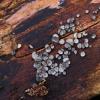
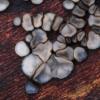
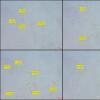
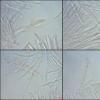
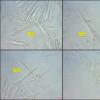
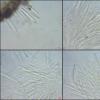
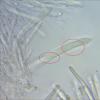
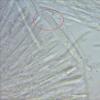
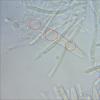
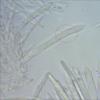
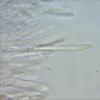
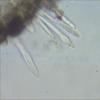
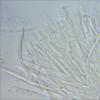
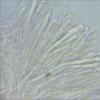
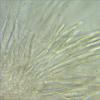
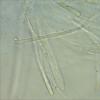
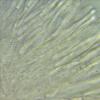
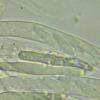
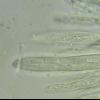
 Mollisia-atlantica-45--0001.jpg
Mollisia-atlantica-45--0001.jpg